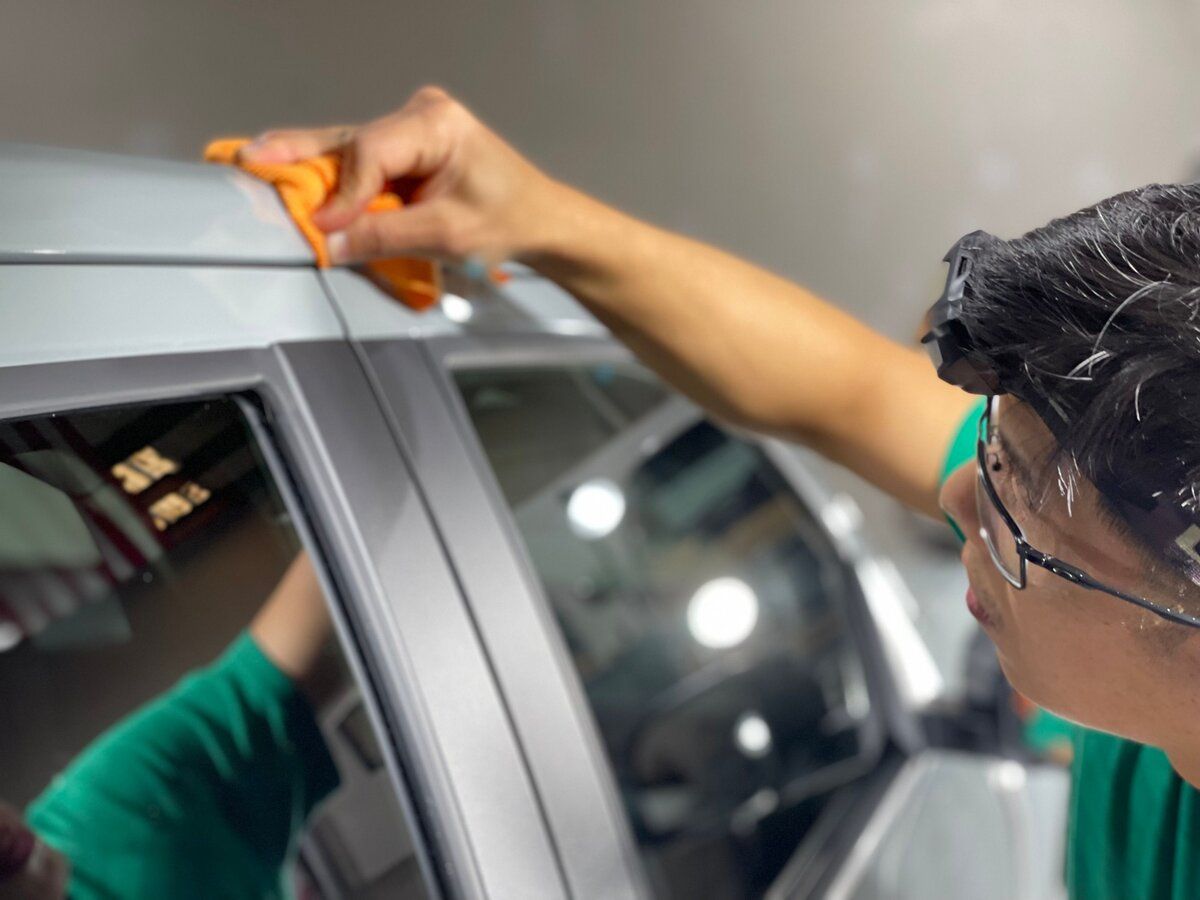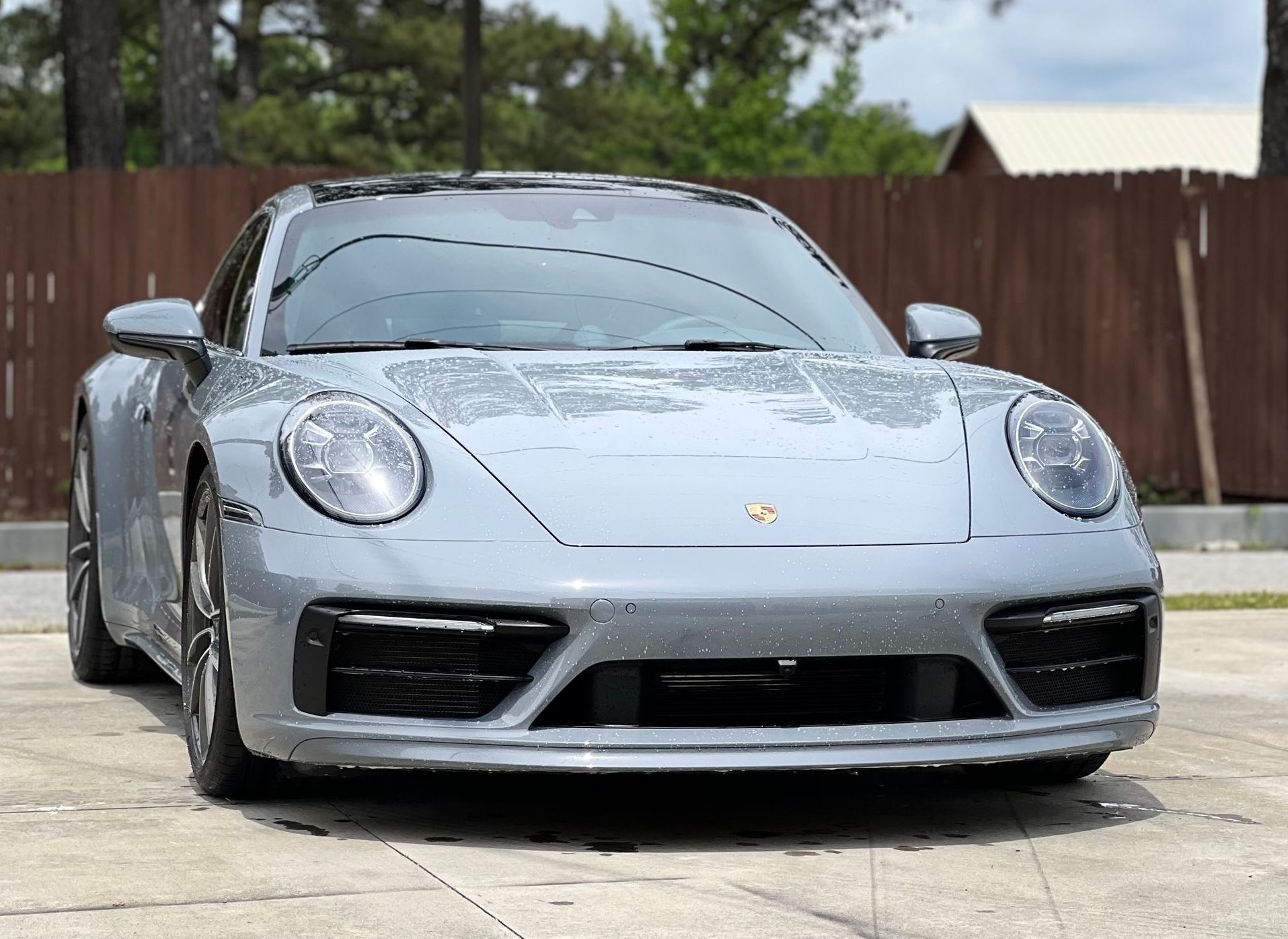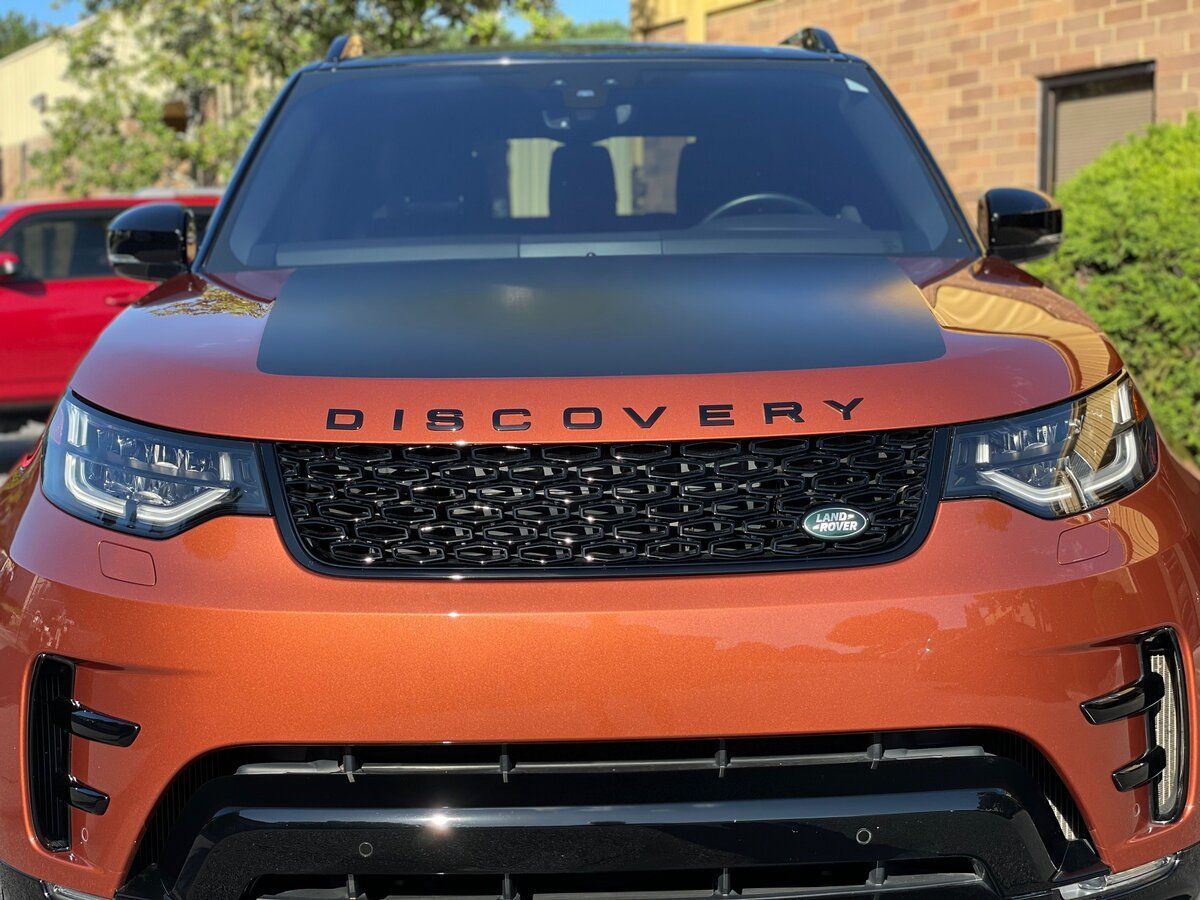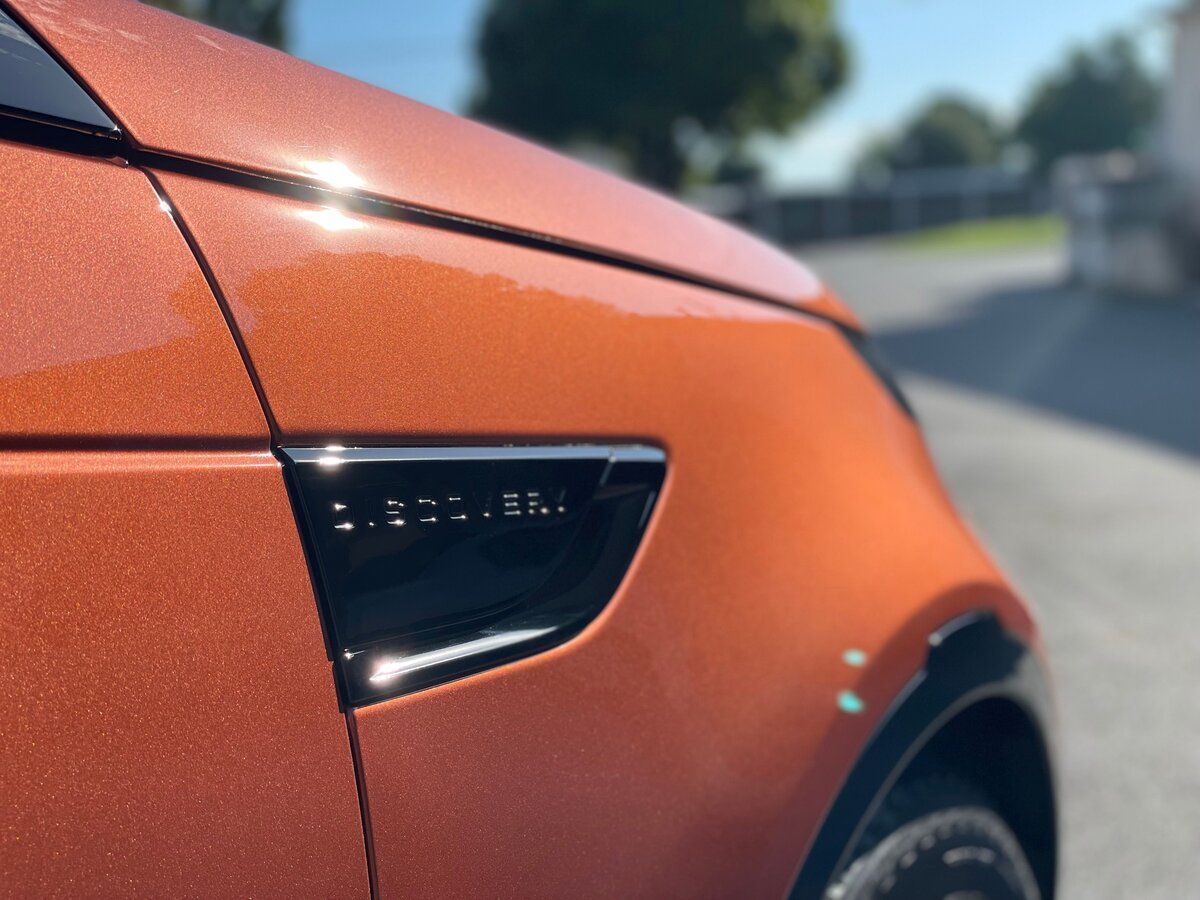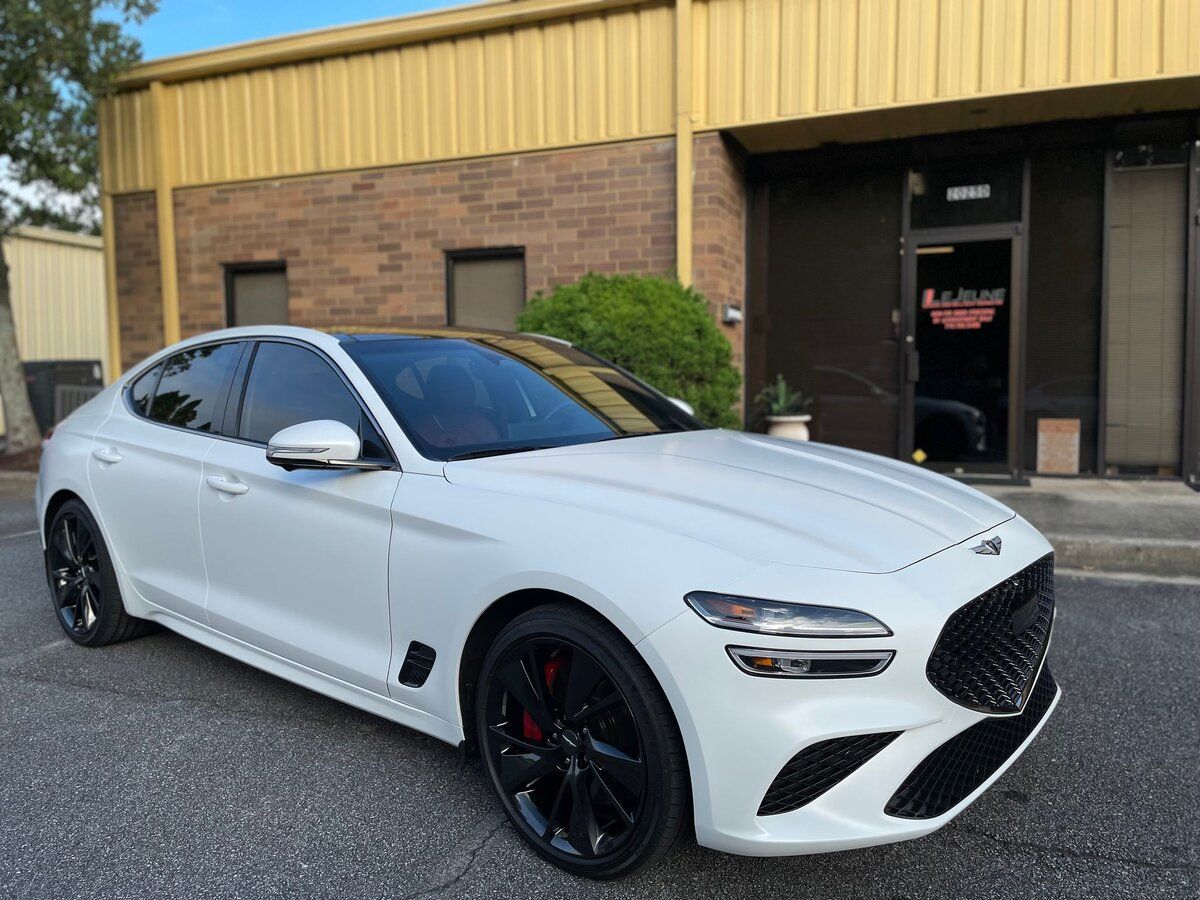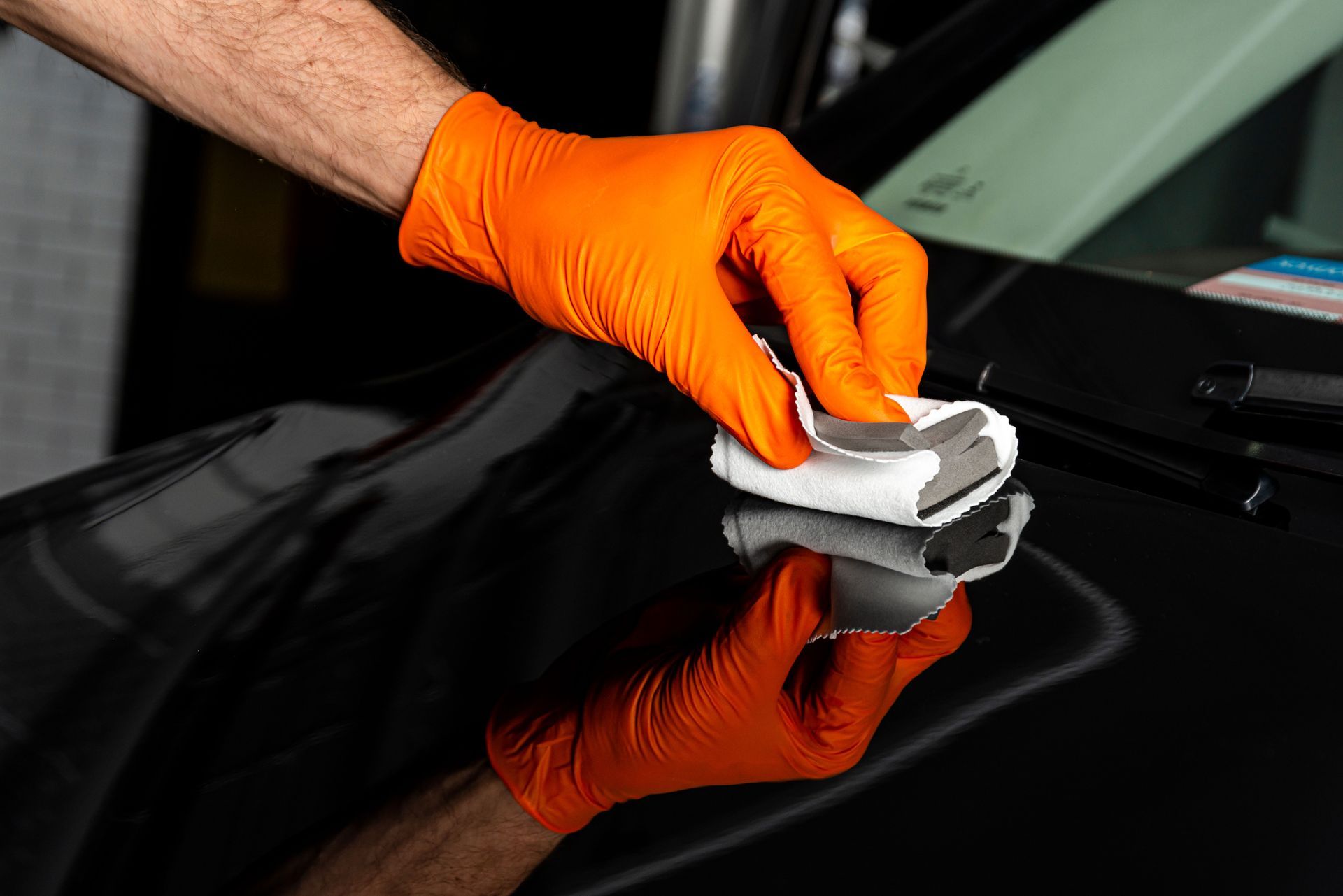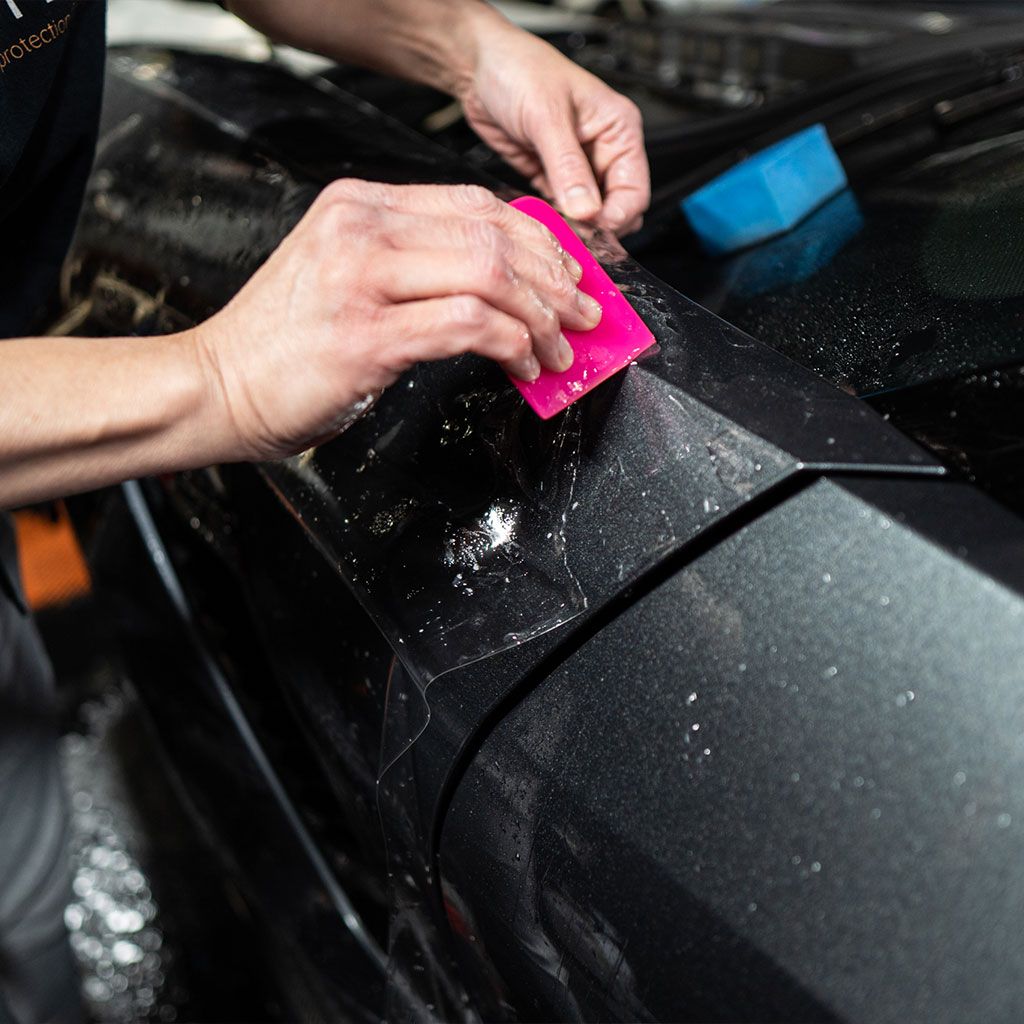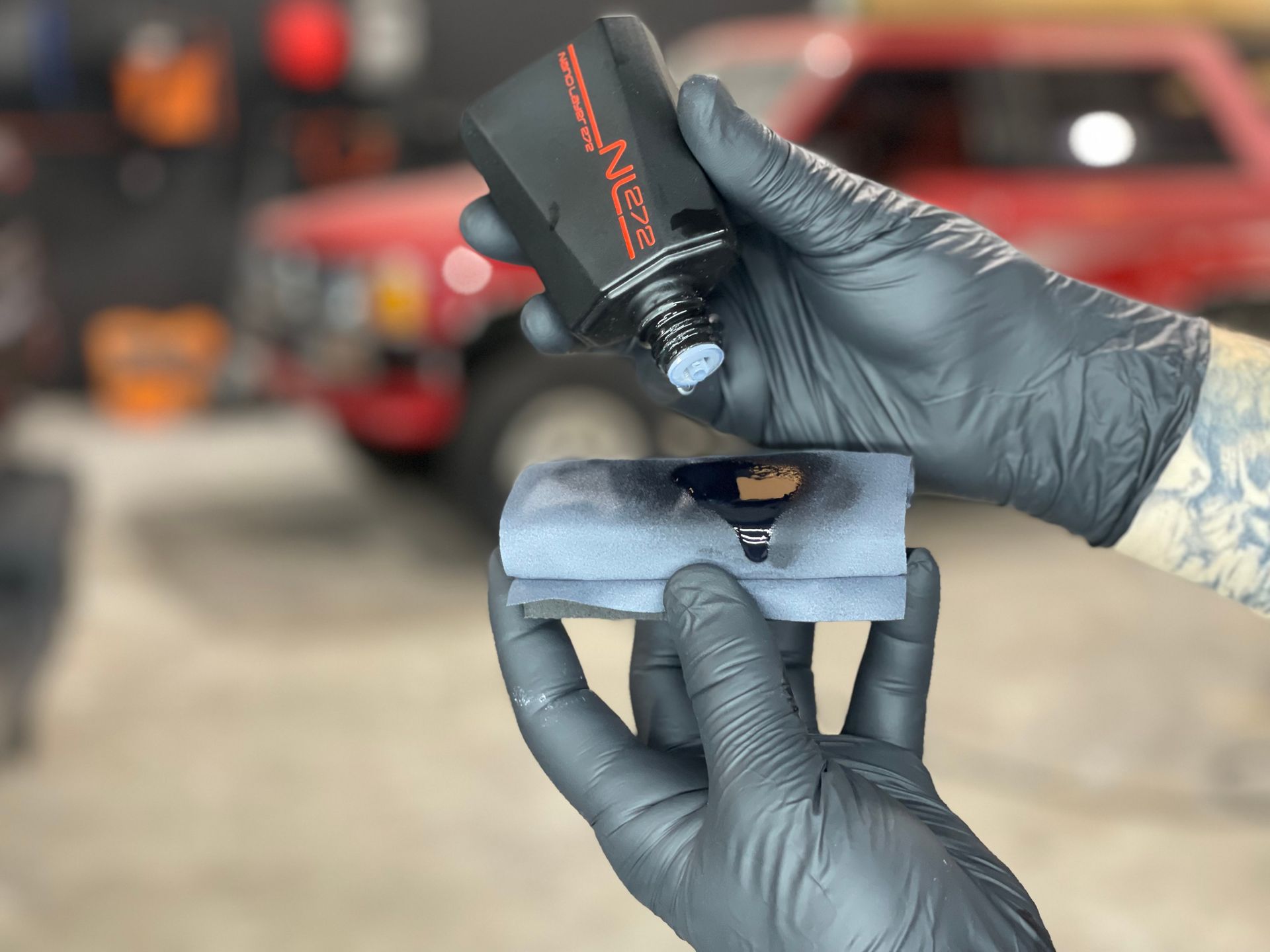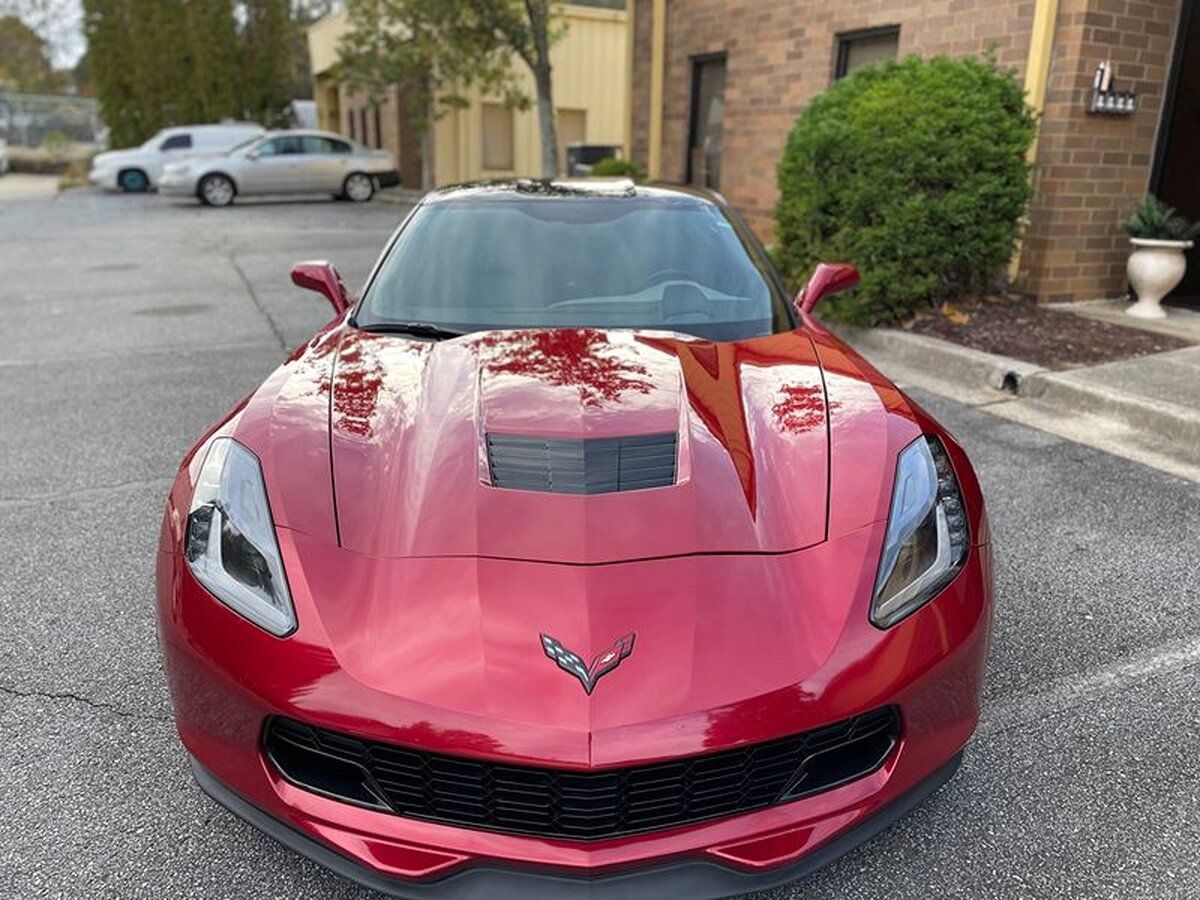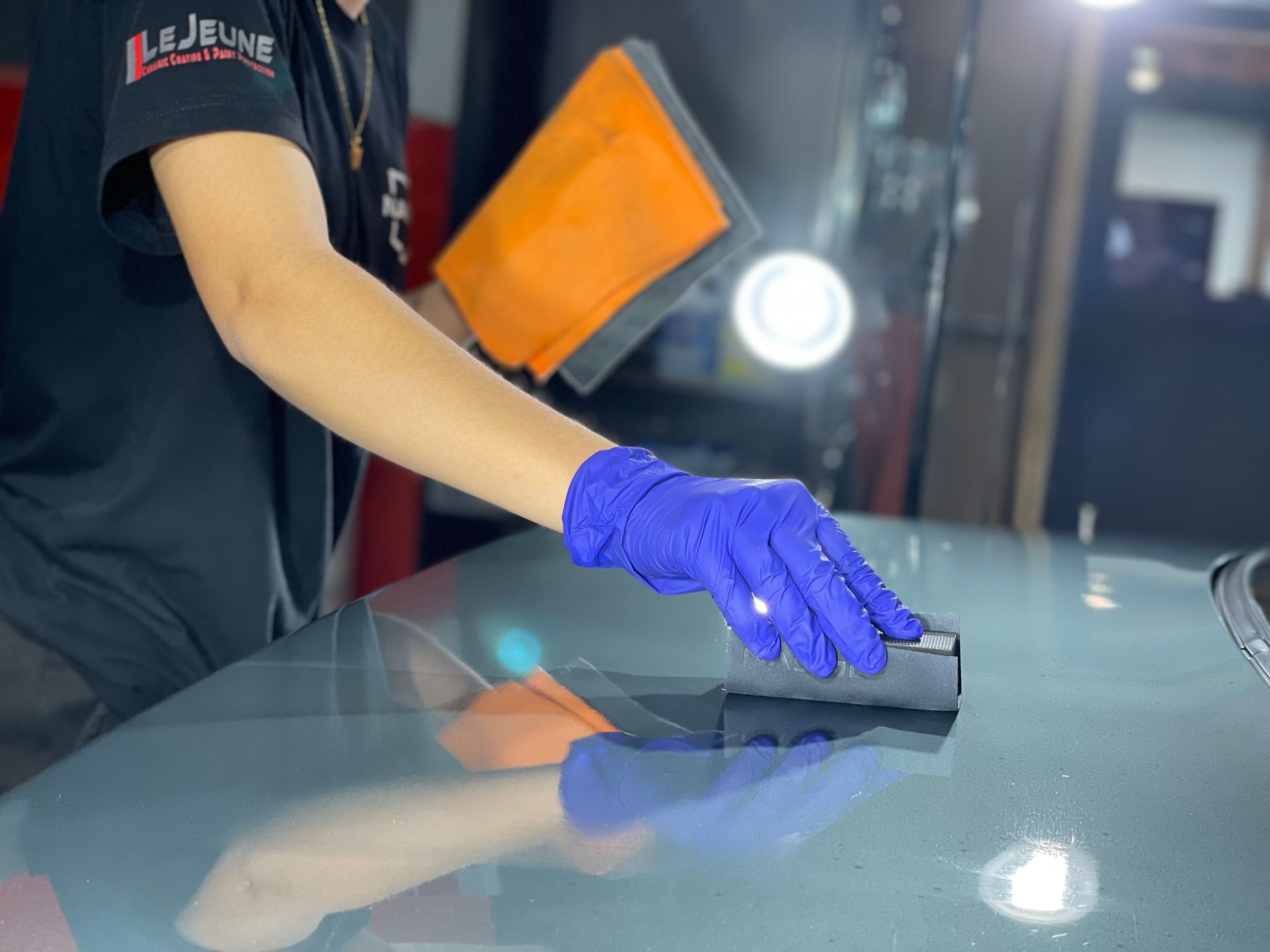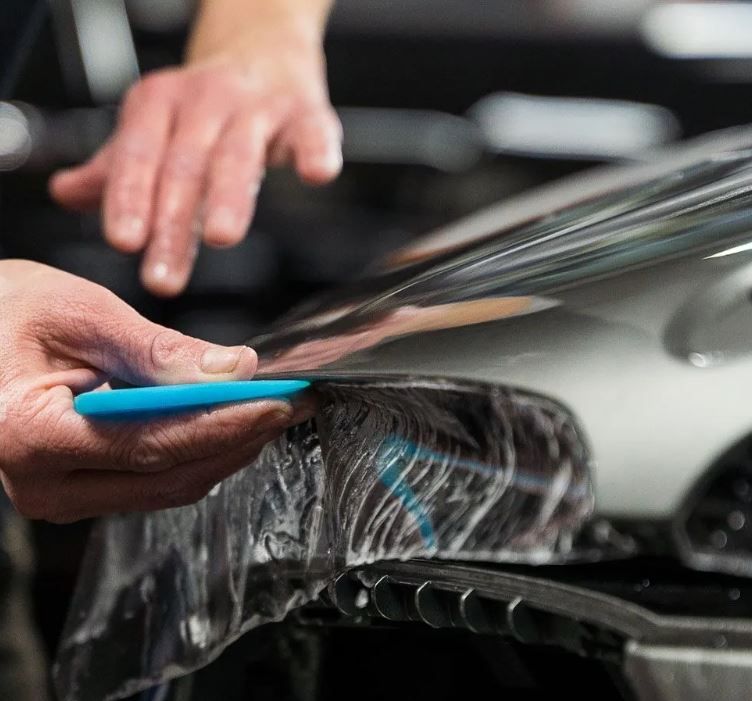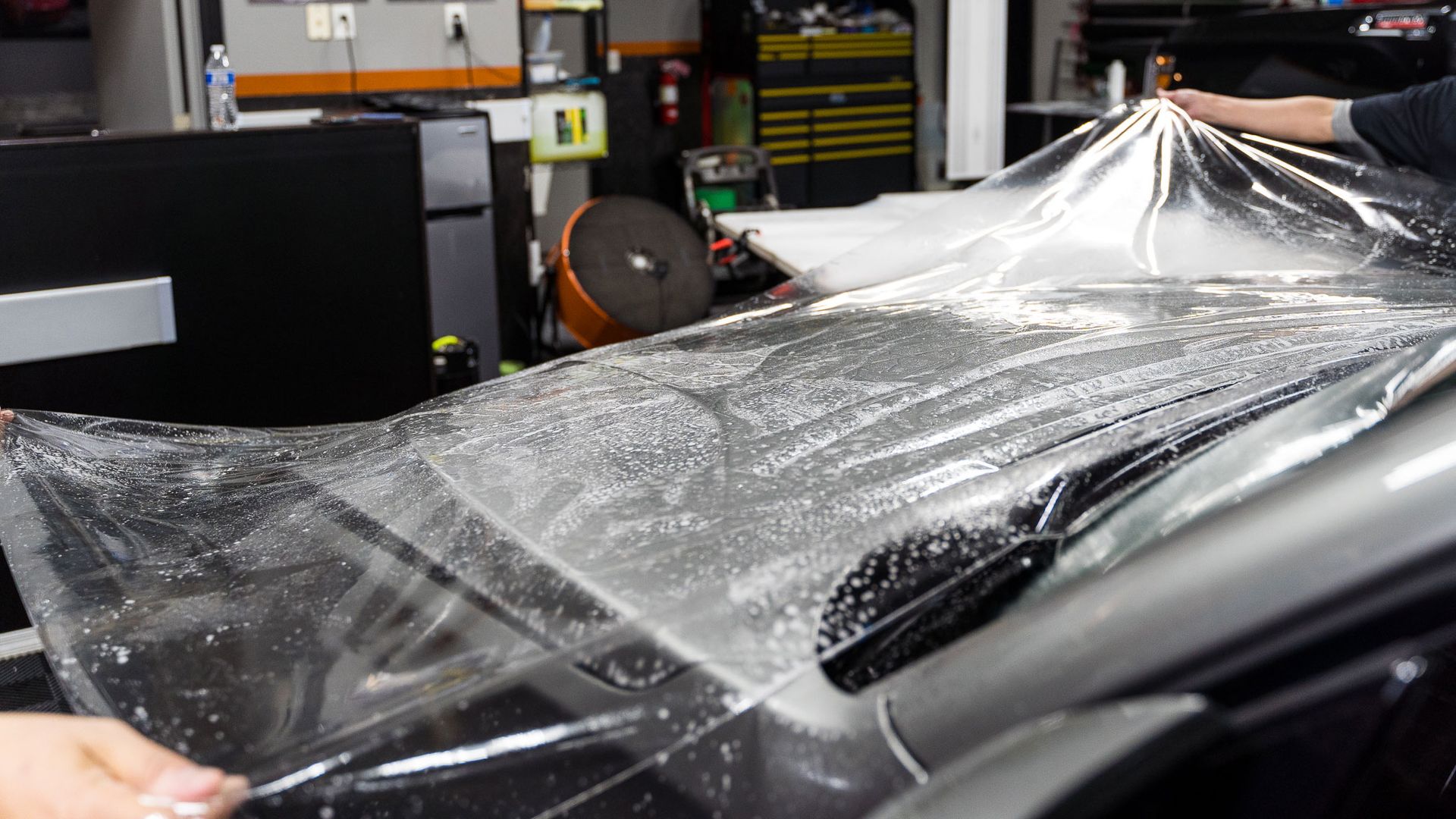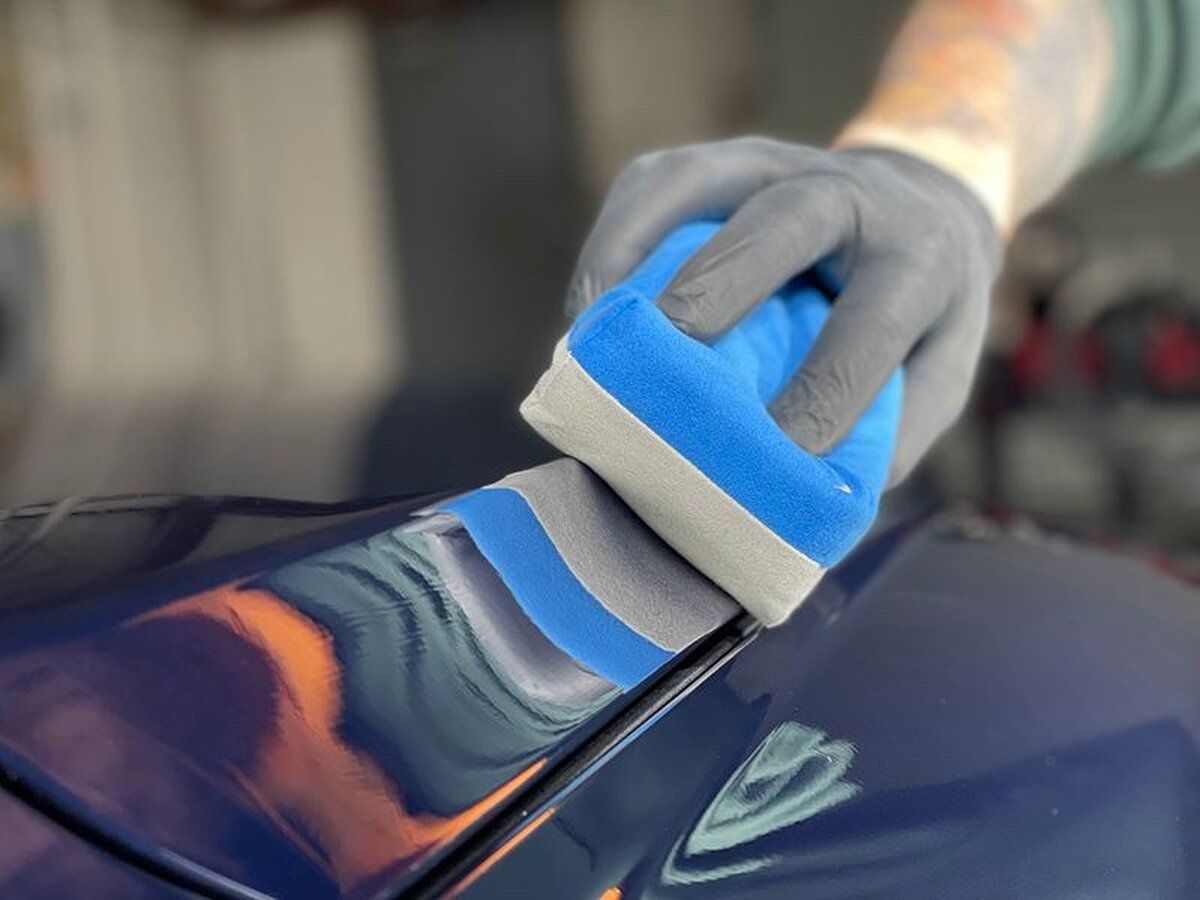Professional vs. DIY Paint Protection Film Application: Pros, Cons, and Cost Comparison
GET A QUOTECALL (770) 722-3486
Taking care of your vehicle's shine is not a simple task. It becomes even more complex when considering protective measures like paint protection film applications. Though it may seem cheaper to do this on your own, professionals bring a wealth of experience and specialized tools that ensure flawless coverage and long-lasting results. They also offer warranties for the applied film, something you are unlikely to get with a DIY attempt. This can save you from future worries about chips, scratches, and fading. More than just a wrap, it's a worthy investment in preserving the look of your vehicle.
The primary distinction lies in the precision and expertise offered by professional installers versus the cost-saving potential of a DIY approach. Professional installation ensures seamless coverage, a flawless finish, access to high-quality paint protection film brands, and often comes with warranties for peace of mind. On the other hand, DIY installation provides flexibility and cost-saving opportunities but requires meticulous attention to detail and proper surface preparation to achieve a satisfactory result.
Defining Professional Paint Protection Film Application
Professional paint protection film application involves a high level of expertise and precision. It goes beyond just applying a film; it's about ensuring the best possible protection for your vehicle while maintaining its aesthetic appeal. When you opt for professional installation, you are entrusting your vehicle to experienced technicians who understand the intricacies of a paint protection film application.
These professionals use specialized tools such as heat guns, squeegees, and cutting tools to guarantee a near-perfect application of the film. Their knowledge of how to handle these tools ensures that every contour and edge of your vehicle is seamlessly covered, resulting in a flawless finish. This expertise is especially crucial when dealing with curved surfaces and intricate body lines on modern vehicles.
Benefits of Professional Installation
One of the key advantages of professional installation is the access to high-quality paint protection film brands that may not be readily available for individual purchase. These professionals are well-versed in different types of films and can guide you in selecting the best option based on your specific needs, whether it's protection against scratches, chips, fading, or discoloration caused by UV rays and harsh chemicals.
Moreover, professional installers often offer warranties for their work, providing peace of mind knowing that any issues with the installation will be addressed promptly. This warranty not only covers the labor but also ensures that you receive a replacement film if there are any defects or premature damage. Professional PPF installation offers expertise, experience, seamless coverage, and a flawless finish. They often offer warranties for peace of mind. Additionally, these professionals are equipped with the knowledge to properly clean and prepare the vehicle's surface before applying the paint protection film. This preparation is crucial for achieving exceptional adhesion and preventing any imperfections that may affect the durability of the protective film.
Professional installation is a worthwhile choice for maximum protection and peace of mind because of the thoroughness and attention to detail that professional installers provide.
Cost Implications of Professional Installation
When considering whether to opt for professional installation of paint protection film, one of the initial considerations is the cost. Professional installation is often linked with higher upfront costs compared to a DIY approach. However, it's crucial to view this as an investment rather than just an expense. Looking beyond the surface, the cost might initially seem substantial, but it encapsulates more than just the material and labor expenses. It encompasses access to high-quality PPF brands, precision cutting and application expertise, and often a warranty on the installation. This warranty provides coverage for issues like film peeling or bubbling, offering a peace of mind that holds immeasurable value.
Consider envisioning your vehicle sheathed in a high-grade protective shield guarding against scratches, chips, fading, and UV-induced discoloration. The long-term benefits of professional installation accumulate over time and can ultimately preserve the value and appearance of your vehicle, translating into cost savings. In addition, most professional installations offer complete coverage areas such as the full hood, fenders, side mirrors, and bumper. This comprehensive coverage further justifies the initial investment by providing maximum protection for your vehicle's most vulnerable areas. Although professional installation may involve higher upfront costs, the enduring benefits make it a prudent choice for individuals seeking optimal protection and peace of mind for their vehicles.
DIY Paint Protection Film Application: Pros and Cons
The allure of DIY installation lies in the exhilarating sense of accomplishment it provides. Applying a paint protection film yourself allows you to take ownership of the process, empowering you to tailor the installation to your specific preferences. Additionally, the potential cost savings associated with DIY applications are significant, especially for those who enjoy hands-on projects and are willing to put in the effort for a rewarding result. DIY installation grants you the opportunity to work at your own pace, ensuring thorough attention to detail and precision. This pace offers a level of control over the process that might not be achievable with professional installation. Many car owners find satisfaction in honing their skills through this hands-on approach, learning valuable techniques applicable to future DIY projects.
Cons of DIY Installation
However, while DIY installation presents these advantages, it also requires a high level of meticulous care and patience. Proper surface preparation is crucial for achieving a flawless finish, as any imperfections on the vehicle's surface will be visible after the paint protection film is applied. In addition, achieving a bubble-free and seamlessly aligned finish demands consistent practice and precision—skills that may take time to develop. Mistakes such as misaligned edges or air bubbles during application can compromise the overall effectiveness and aesthetic appeal of the protective film.
For instance, imagine meticulously applying the film only to notice unsightly air bubbles emerging beneath its surface. Removing these imperfections can often be challenging without professional tools and expertise, leading to frustration and potentially necessitating professional intervention—a situation that could have been avoided by opting for professional installation in the first place. While there are definite advantages to DIY installation, such as customizability and potential cost savings, it's essential to weigh these against the level of precision and practice required for a successful outcome.
Financial Aspects of DIY Paint Protection Film
When considering a DIY approach to applying paint protection film, one of the first things that comes to mind is the overall cost. While undertaking the project on your own can save money compared to enlisting professional services, it's important to look at the full picture—the cost of high-quality film, any necessary tools, and the time investment required for mastery of the application process.
First off, let's talk about the materials. The price of paint protection film kits can vary depending on the brand, quality, size, and coverage area. Generally, a DIY kit for full front-end coverage can range from $200 to $500, while complete coverage for a typical SUV or sedan may cost around $1,000 or more. It might seem like a steep upfront expense, but opting for a high-quality film ensures better protection and longevity for your vehicle's paint. Additionally, you'll need to consider the tools required for the job. While some basic equipment like squeegees and slip solutions might be included in pre-cut kits, investing in additional tools such as heat guns and precision blades might be necessary to achieve a professional finish. These tools may add up to an additional cost, so it's important to factor them into your budgeting.
Apart from monetary expenses, there's also the time investment to take into account. Applying a paint protection film isn't just a quick peel-and-stick process; it requires patience, precision, and following detailed instructions. If you're new to DIY PPF applications, there will be a learning curve involved. You may need to dedicate several hours or even days to ensuring that the film is applied without wrinkles or bubbles. This learning phase may involve trial and error as well as re-dos, which contributes to the overall time commitment. Let's say you decide to take on this endeavor over the weekend. You commit your Saturday and Sunday to meticulous cleaning of the vehicle surface, cutting and fitting the film precisely, squeegeeing out air bubbles, and meticulously heating and shaping the film around curves. All this requires patience and attention to detail; it's not something that can be rushed if you want professional-looking results.
On top of all this, there are intangible costs related to potential mistakes during application. The prospect of reordering film due to errors in cutting or misapplication could require additional spending that wasn't initially factored into your budget. While DIY paint protection film application has potential cost savings compared to professional installation, there are various financial considerations that need careful evaluation before embarking on this journey. It's crucial to weigh these costs against your available budget and personal time commitment before making an informed decision on how to proceed with protecting your vehicle's paint finish.
Risks and Challenges in PPF Application Methods
When considering the application of paint protection film, there are numerous risks and challenges to weigh, especially when comparing professional installation with a DIY approach. Professional installation offers minimal risks due to the expertise, experience, and quality of materials, while DIY application may pose challenges in achieving a seamless finish and avoiding mistakes. Professional installers possess specialized tools like heat guns, squeegees, and cutting tools to ensure precise application. They also properly clean and prepare the vehicle's surface before applying the PPF. The expertise of professionals minimizes the risk of errors, ensuring that the paint protection film is applied seamlessly without misalignment or air bubbles. Additionally, professional installation gives you access to top-notch paint protection film brands, warranties, and defense against various types of damage from UV rays, harsh chemicals, scratches, chips, and fading.
In contrast, DIY enthusiasts lack access to these specialized tools and materials used by professionals. This absence could result in visible imperfections on the film, such as misaligned edges or air bubbles, which compromise both the protective properties and aesthetic appearance of the vehicle. The attention to detail required for surface preparation is often overlooked in DIY applications, leading to suboptimal adhesion of the film. While some argue that DIY application allows for flexibility and cost-saving opportunities, it requires patience, practice, and precision and may lead to mistakes that compromise the film's effectiveness. Therefore, it is essential to consider factors such as comfort with precision tasks, budget for high-quality films, and available time for the learning curve involved when choosing between professional installation and a DIY paint protection film installation approach.
Understanding these risks and challenges underscores the need for careful consideration when deciding between professional installation and a DIY approach. Both methods have their advantages and drawbacks, making it essential for car owners to evaluate their priorities based on expertise, budget, time commitment, and desired outcome.
Strategies for Deciding Between DIY and Professional PPF Applications
When facing the decision of whether to choose professional installation or a DIY approach for applying paint protection film to your vehicle, several factors come into play. Instead of a one-size-fits-all solution, it's about finding the best fit for your specific needs and capacities. Let's break it down:
- Skills: First things first, take a moment to assess your comfort level with precision tasks. DIY PPF application requires attention to detail and patience. If you have experience with similar intricate projects, you might feel more confident in attempting a DIY installation. On the other hand, if you're less experienced or unsure of your skills, professional installation can provide peace of mind.
- Confidence: Do you feel confident in your ability to meticulously apply the paint protection film without any mishaps? Confidence in your own capabilities is key when considering a DIY application. It's okay to recognize that professional paint protection film installers have honed their skills through experience.
- Available Tools: Consider the tools required for precise application. Professional installers have access to specialized tools such as heat guns, squeegees, and cutting tools that ensure accurate application. If you don't have these tools readily available, factor in the additional cost of acquiring them when considering a DIY application.
- Time Commitment: Installing PPF requires patience and precision. Professional installation tends to be quicker due to the expertise of the installers and their familiarity with the process. If you have time constraints or prefer not to invest significant hours into learning a new skill, professional paint protection film installation may be a more viable choice.
- Budget for High-Quality Films: The cost of high-quality paint protection films can vary based on brand and quality. Consider the budget you have allocated for this purpose. While professional PPF installation may come with a higher upfront cost, it often includes access to premium materials and warranties.
Choosing between professional installation and a DIY approach depends on an assessment of these key factors. It's important to acknowledge the value of your time, capabilities, and budget in making this decision.
Top-Notch Paint Protection Film Installation in Marietta, GA
Discover the ultimate solution for safeguarding your vehicle's finish with LeJeune Ceramic Coating & Paint Protection's expert paint protection film installation in Marietta, GA. Our top-tier PPF services provide unparalleled defense against scratches, chips, and environmental damage, ensuring your car maintains its pristine condition. Trust our skilled technicians to deliver flawless installation and superior protection that enhances the longevity and appearance of your vehicle. Don't compromise on quality—protect your investment with the best in the business. Contact LeJeune Ceramic Coating & Paint Protection today to schedule your appointment! Call us at
(770) 722-3486 to get started!
